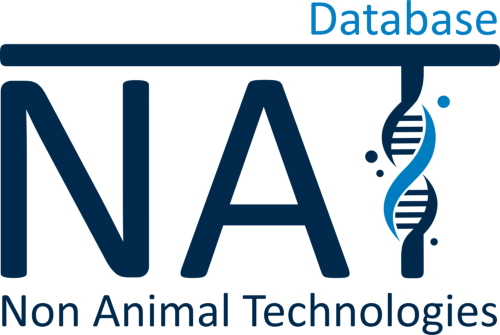Direct peptide reactivity assay for identification of skin allergens
Regulatory accepted CompanyXCellR8, Daresbury, United Kingdom
The company's XCellR8 direct peptide reactivity assay (DPRA) is part of an integrated approach for the confident identification of skin allergens that induce various key events in the cells of the skin. The DPRA was specifically developed for the chemical analysis of the “initiating molecular event”, the binding of the skin proteins (key event 1). For the test procedure, the substances to be examined are first incubated for 24 hours with synthetic cysteine- or lysine-loaded model peptides. The relative peptide concentration is then quantitatively determined using high-performance liquid chromatography (HPLC) with gradient elution and UV detection at 220 nm. The DPRA thereby enables a differentiated assessment in four reactivity classes. Test substances that have minimal binding affinity to skin proteins are classified as non-sensitizers. Substances with low, medium or high reactivity are classified as sensitizers and can be examined using the subsequent assay skin sensitization tests, KeratinoSens™ and the Human Cell Activation Test (h-CLAT), for further hazard classification. The method is fully accepted by the UN-GHS and complies with the EU Cosmetics Regulation (1223/2009) and the CLP Regulation (1272/2008). In summary, the DPRA proves to be an effective and valid method for the detection of skin-allergic substances and can thereby help to improve safety tests in the development of active ingredients, cosmetics and chemicals. Validated and regulatory recognized under OECD Test No. 442C.
Regulatory DPRA skin sensitisation test
info@x-cellr8.com
Added on: 02-27-2024
[1] https://www.oecd-ilibrary.org/environment/test-no-442c-in-chemico-skin-sensitisation_9789264229709-en[2] https://x-cellr8.com/regulatory-safety-testing/skin-sensitisation-testing/dpra-oecd-tg-442c/





